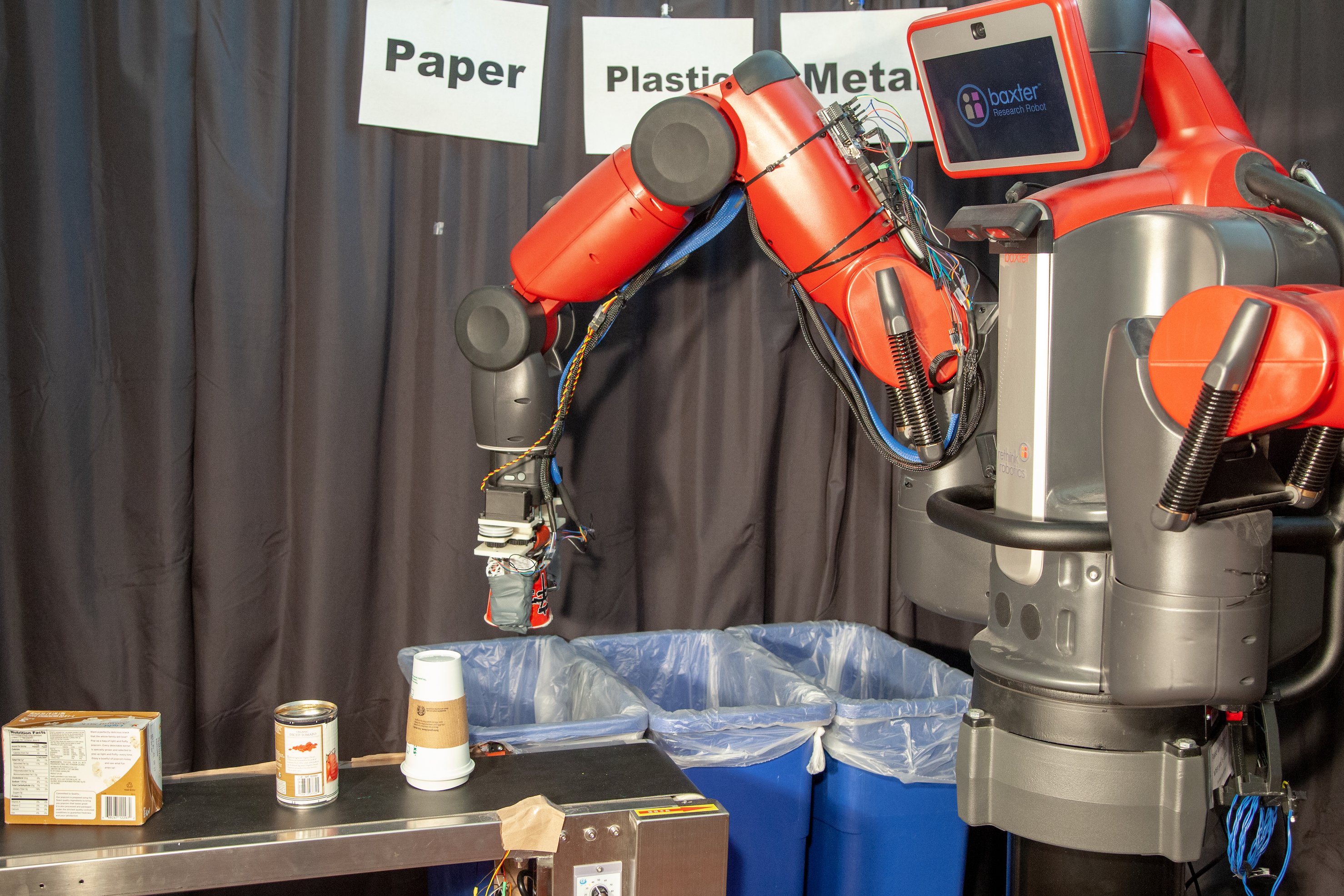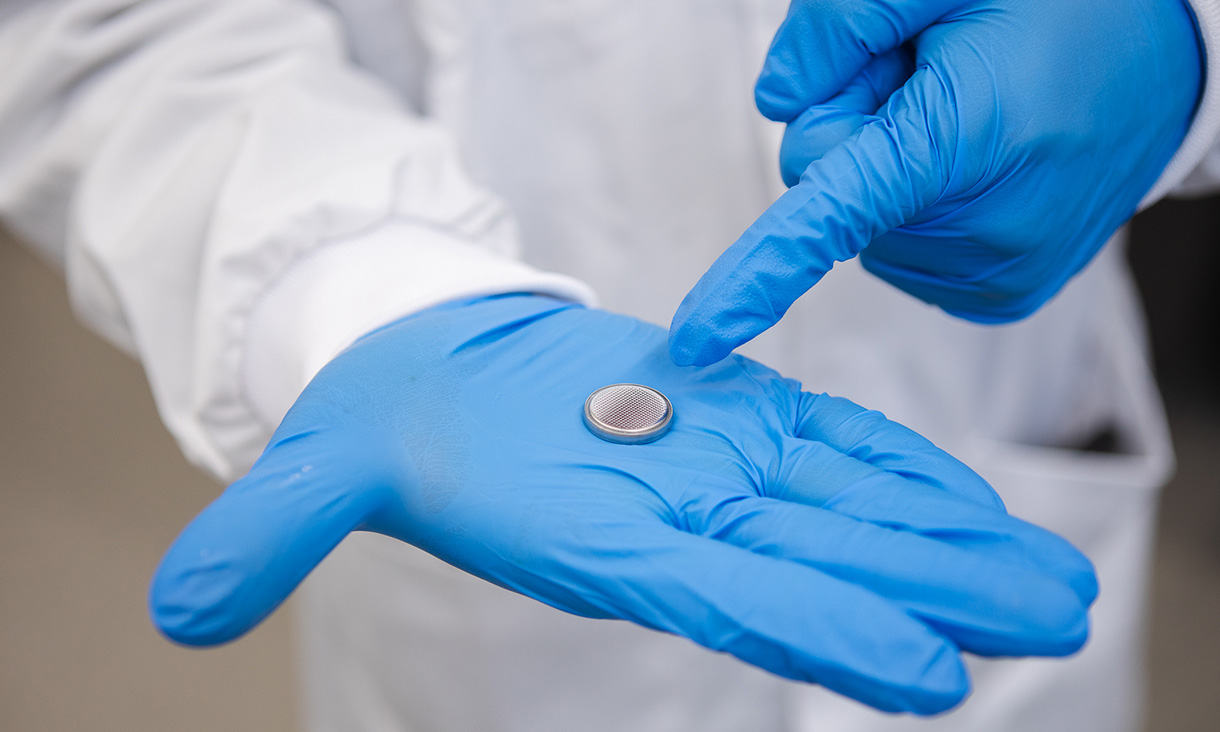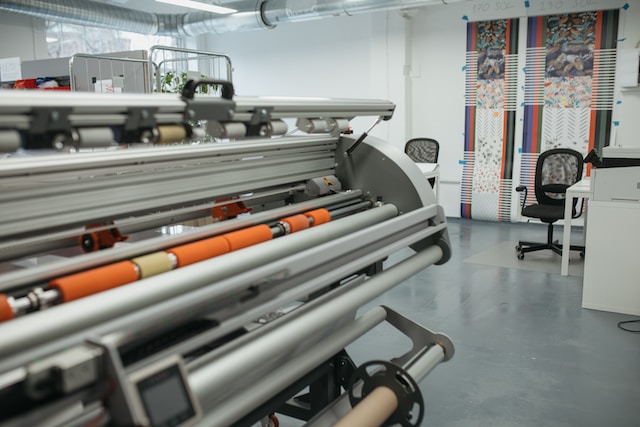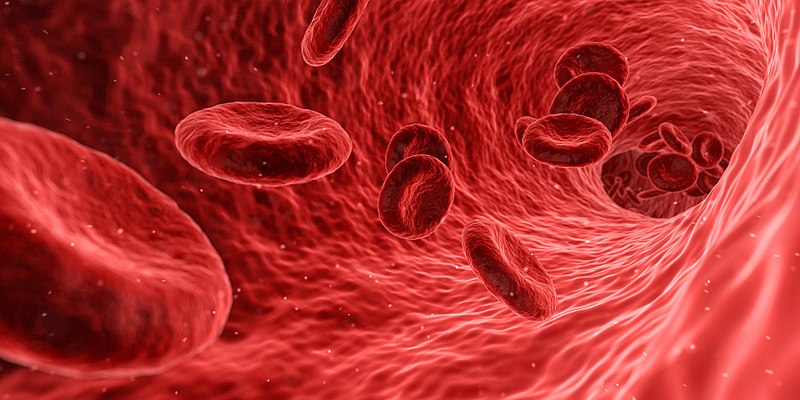We all know the importance of recycling. Recycling not only reduces the waste in landfill sites, but it also reduces the need for raw materials so that the forests can be preserved.
For recycling, sorting the trash is must and it requires manual labor. To boost recycling, MIT’s Computer Science and Artificial Intelligence Lab (CSAIL) created a robot that sorts different things for recycling. Known as RoCycle, this robotic system can detect if an object is paper, metal, or plastic.
RoCycle has a soft Teflon hand and tactile sensors on its fingertips for detecting an object’s size and stiffness. Scientists used a special material called “auxetics” for this robot.
MIT professor Daniela Rus, senior author on a new paper about RoCycle, said, “Our robot’s sensorised skin provides haptic feedback that allows it to differentiate between a wide range of objects, from the rigid to the squishy,”
“Computer vision alone will not be able to solve the problem of giving machines human-like perception, so being able to use tactile input is of vital importance.”
RoCycle can differentiate between identical-looking Starbucks cups made of paper and plastic, which was not possible for machine vision systems.
How RoCycle Works: To get an estimate of object’s size, gripper first uses its strain sensor, and after that it uses two pressure sensors for measuring the force needed to grasp an object.
Lillian Chin, lead author on the new paper, said, “In other words, we estimate the size and measure the pressure difference between the current closed hand and what a normal open hand should look like,”
“We use this pressure difference and size to classify the specific object based on information about different objects that we’ve already measured.”
RoCycle was found to be 85 percent accurate at detecting materials when stationary, and 63 percent accurate on an actual simulated conveyer belt.







